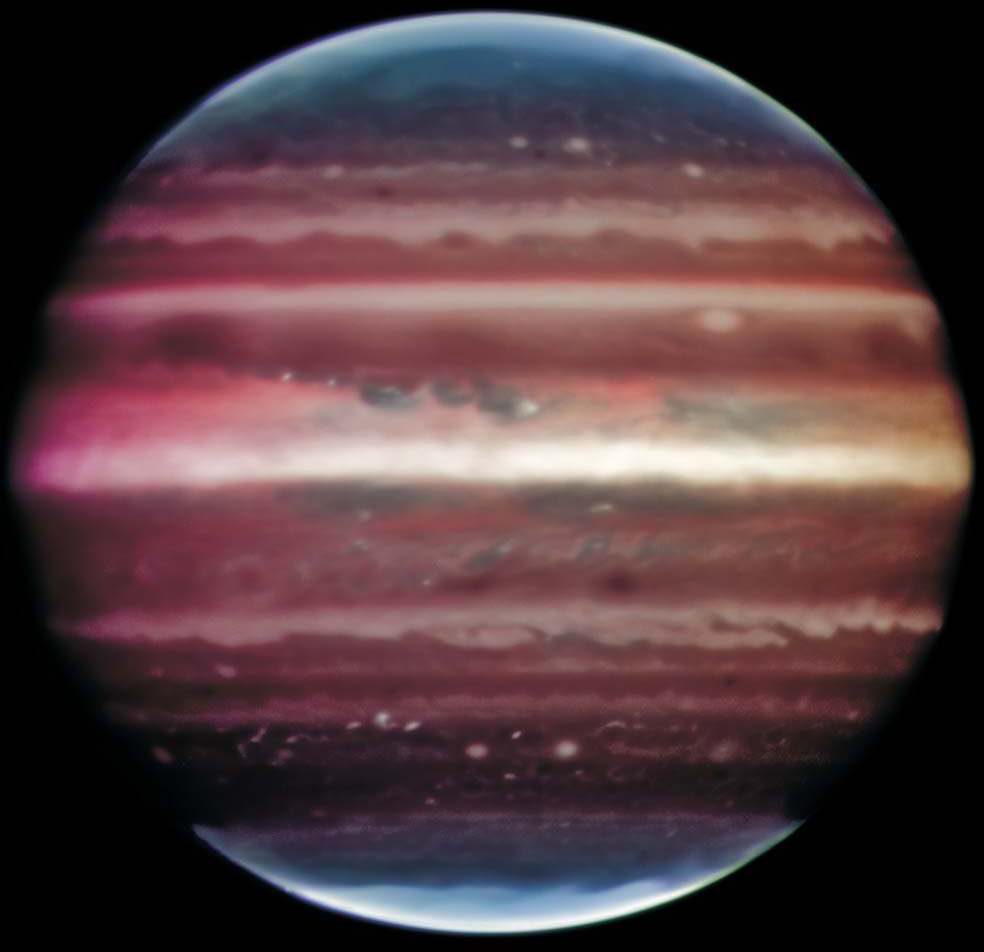Adapting adaptive optics
DOI: 10.1063/1.3047703
For almost 20 years, adaptive optics techniques have provided ground-based astronomers with space-quality images. With rapid, real-time analysis of the refraction of light from a so-called guide star—a star or other source above most of Earth’s atmosphere—a computer-controlled deformable mirror corrects for the distortion introduced by atmospheric turbulence and restores crisp detail to images. Most effective in the direction of the guide star, the correction degrades away from the guide star with a characteristic spread of about 15 arcseconds. An international learn led by Franck Marchis of the University of California, Berkeley, has recently demonstrated a new instrument designed to overcome that limitation: the European Southern Observatory’s Multi-Conjugate Adaptive Optics Demonstrator, or MAD.
MAD uses multiple guide stars and two deformable mirrors to correct for phase distortions over a broader range of angles; the resulting corrected area is 30 times larger. Shown here is a false-color IR image of Jupiter obtained with MAD at the ESO’s Very Large Telescope in August. The moons lo and Europa, on either side of Jupiter at the time, served as guide stars for a period of almost two hours. The corrected angular resolution was less than a tenth of an arcsecond—details about 300 km across could be resolved. In the observed region of the IR, near 2 µm, absorption by hydrogen and methane is strong. The image thus maps the distribution of the planet’s high-altitude haze. A comparison with images taken three years ago by the Hubble Space Telescope reveals significant changes in the haze distribution; the researchers attribute those changes to a planet-wide upheaval last year. Michael Wong presented the team’s results at the October meeting of the American Astronomical Society’s Division for Planetary Science in Ithaca, New York. (Image courtesy of ESO/F. Marchis, M. H. Wong, E. Marchetti, P. Amico, and S. Tordo.)

To submit candidate images for Back Scatter, visit





